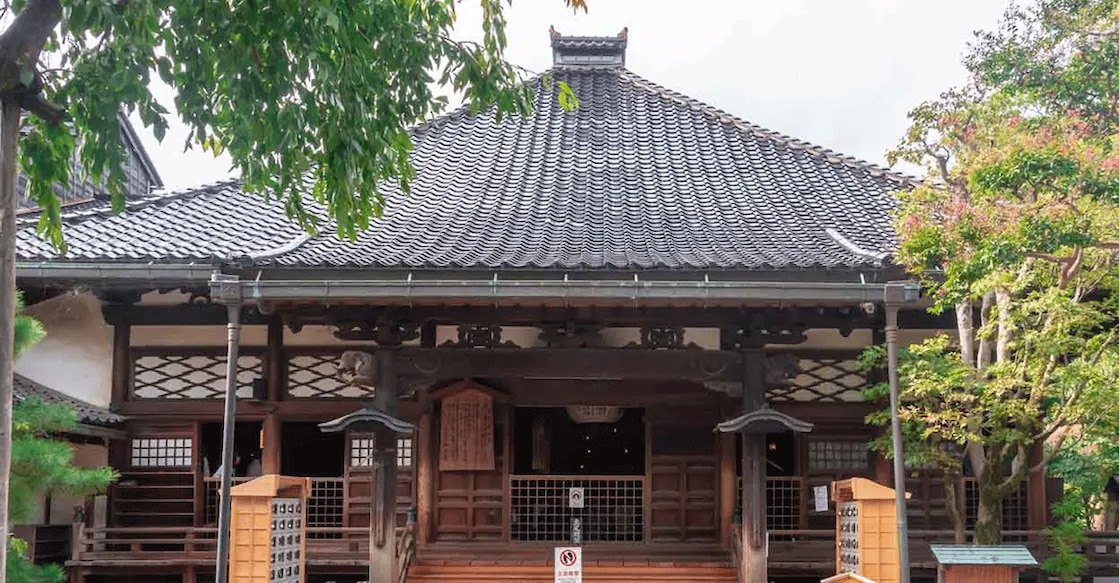Hidden tunnels, secret rooms, traps... this Japanese temple has a lot to offer tourists

Mail This Article
The vibrant hues of cherry blossoms make the island country of Japan a region of reverie. The enchanting beauty of this nation in East Asia attracts travellers from across the globe, and the tourist footfall spirals every year. A few weeks ago, actress-vlogger Ahaana Krishna shared details of her travel to Japan, her love for cherry blossoms and also details of her visit to the iconic Myoryuji Temple, commonly known as Ninjadera.
The Myoryuji Temple, situated in Ishikawa prefecture’s Kanazawa city, may look like any other Buddhist temple, but inside, it’s a different world. Even today, the temple, which was built in the 16th century, evokes awe and a deep sense of wonder. Interestingly, the age-old temple is a treasure trove of secrets.
Is it a temple of ninjas?
Ninjas are meticulously trained martial artists who lived in Japan centuries ago. They were mainly employed for espionage, reconnaissance, and ambush. However, the temple is not in any way associated with ninjas. The temple was named ‘Ninjadera’ as its architecture and construction concealed many enigmatic defence mechanisms.
Tokugawa shogunate, aka Edo shogunate, a powerful military government, ruled Japan during the Edo period from 1603 to 1868. The government imposed strict restrictions for construction of buildings in a bid to rein in the regional feudal lords. The temple was designed by a samurai class known as ‘Kaga’ to subvert these regulations and use it as a military outpost. If under attack, the temple had defence shields and many escape routes. The temple stands out with hidden tunnels, secret rooms, traps, and a labyrinth of corridors and staircases.
Structure of the temple
The temple from the outside looks like it has only two storeys, as the Tokugawa shogunate had banned the construction of buildings with more than three storeys. But in reality, the place of worship has six storeys with 23 rooms and 29 steps. The Myoryuji Temple is built around a well, which is around 25m deep, and it is said that the bottom of the well is connected with a tunnel leading to the Kanazawa fort. The main building of the temple has an intricate design. The structure has secret chambers, steps, door traps, secret tunnels and bottomless pits to hoodwink the enemies.
You could get a bird’s eye view of the city atop the temple. The walls and roofs of the temple are so strong that they can withstand the rigours of typhoons and snowfall.
When to visit?
The best time to visit the temple is from March to November. During this period, you can also enjoy the pristine beauty of cherry blossoms and the autumn season. The regular visiting hours are between 9 am and 5 pm, and the entry fee is 500 to 800 Japanese Yen for a tour lasting 40 to 50 minutes. Tickets can be bought online, and you can also reserve them. Bookings can be made through the official website or travel agencies. Travel guides are available to explain the history of the famed temple.